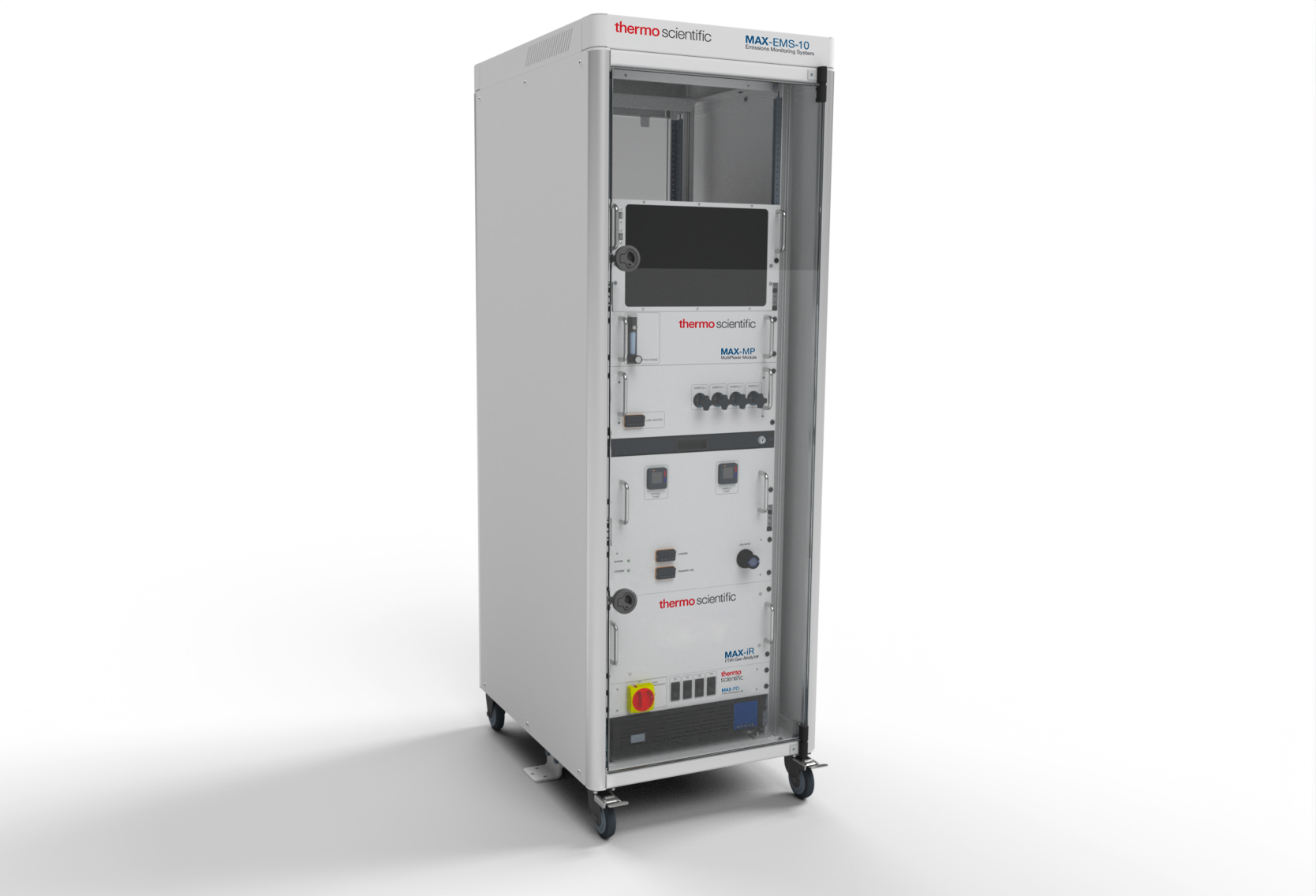A colorless, odorless compound, ethylene oxide (EtO), is commonly used as a reaction intermediate in producing ethylene glycol or sterilizing medical products. Although EtO is vital to produce medical devices ranging from catheters to artificial heart valves, studies have shown that it also has mutagenic and carcinogenic properties, which may pose long-term health risks to people working in sterilization facilities and those in the surrounding communities.
Recently, new, more rigorous regulations have been proposed by the Environmental Protection Agency (EPA) to reduce exposure to EtO. These proposals followed the recent publication of the agency’s IRIS assessment – entitled Evaluation of the Inhalation Carcinogenicity of Ethylene Oxide – and other recent investigations of current sterilization procedures.
If finalized, these policies will require commercial sterilizers to confirm that their pollution controls are working. This is achieved by implementing real-time continuous emissions monitoring methods. The question, therefore, must be asked: what are the implications of these regulations for the sterilization industry?
Delving Into the Details of the Proposed Air Emissions Standards

Image credit: Thermo Fisher Scientific
Today's 86 commercial sterilizers in the US will be affected by the proposed new emissions standards – as will any new start-up companies that rely on EtO – by the enforced installation of new pollution technologies and controls.
These regulations aim to reduce the release of EtO from such facilities by around 80 percent to levels that fall below the Clean Air Act benchmark for elevated cancer risk and, in turn, the minimization of exposure risks for nearby communities.
Real-time monitoring of EtO will also be required from sterilization companies, which will rely on advanced technologies to accurately measure concentrations at or below 10 parts per billion (ppb) to do so.
Twice a year, data will need to be collected and subsequently reported to the EPA, allowing the agency to assess and monitor the effectiveness of the proposed mitigation measures. Additional safety measures will need to be implemented to improve staff safety levels in facilities with EtO levels surpassing 10 ppb, such as enforcing personal protective equipment (PPE) use.
The public comment period for the proposed standards recently closed, and further steps will be required before finalization. However, the proposal specifies that commercial sterilization facilities will have just 18 months to comply with the new requirements once they are established. Therefore, companies need to understand how they might best fulfill these regulations to prepare them for any potential changes they must make.
The Challenge of Monitoring Ultra-Low EtO Levels
Emissions monitoring, as a concept, is not new; the 2018 publication of the results of a 2014 National Air Toxics Assessment (NATA) saw EtO source measurements gain traction and interest in the industry.
Historically, examining EtO levels required initial sample collection in the field, followed by offline laboratory analysis. However, there are several reasons which render the detection of EtO challenging:
- Due to its low boiling point, EtO is difficult to trap and concentrate
- A challenge for sample collection and transport is posed by the fact that the compound is highly reactive
- Given that interfering species with identical molecular weights – such as CO₂, propane, and acetaldehyde – may appear in the sample matrix, low levels of EtO are challenging to detect using techniques like mass spectrometry and gas chromatography
- At sterilization facilities, scrubber systems may use aqueous acids to convert EtO to ethylene glycol, a less volatile compound. However, analysis can be interfered with by any residual acid mists present in a sample.
Meeting the new requirements for real-time EtO monitoring is a challenging task that requires an analytical technology optimized for direct, real-time, EtO measurements.

Image Credit: Thermo Fisher Scientific
Overcoming the Difficulties of Compliance With OE-FTIR
An evolution has occurred regarding analytical techniques used to detect hazardous air pollutants, which have become increasingly sensitive, cost-effective, and easy to use.
Precise detection of EtO at very low concentrations is facilitated by new technologies based on optically enhanced Fourier transform infrared (OE-FTIR) spectroscopy to meet the detection limits in the proposed rules from the EPA.
Low-level EtO leaks with a detection limit of 1 ppb can be identified and quantified by the Thermo Scientific™ EMS-10™ Continuous Emissions Monitoring System (CEMS) and Thermo Scientific™ MAX-iAQ™ Ambient Air Monitoring System, which exceeds US EPA standards.

Image credit: Thermo Fisher Scientific
Thermo Fisher Scientific™ has collaborated with the Montrose Environmental Group to combine the technical expertise required for smooth installation, calibration, and support with fast, sensitive, reliable, and robust emissions analysis. The EMS-10 System and MAX-iAQ System can monitor EtO emissions with minimal downtime as a result continuously, offering companies a valuable tool to aid in their transition to compliance.
Navigating Government Regulations With Confidence
Although meeting changing EtO regulations may seem impossible, the transition becomes manageable with the right tools and support.
Gaseous EtO can be detected with precision by state-of-the-art solutions from Thermo Fisher Scientific, helping sterilization companies toward their compliance goal. Implementing such technologies can help to guarantee continued smooth operations for the medical sterilization industry while at the same time offering long-term protection for workers and communities alike.

This information has been sourced, reviewed and adapted from materials provided by Thermo Fisher Scientific – Environmental and Process Monitoring Instruments.
For more information on this source, please visit Thermo Fisher Scientific – Environmental and Process Monitoring Instruments.